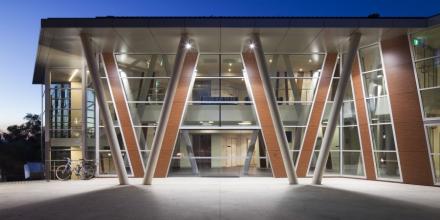Is there a Southeast Asian development model?

Event details
ACDE Seminar
Date & time
Venue
Speaker
Contacts
The 10 states of Southeast Asia have the developing world’s most successful and durable regional grouping, the Association of Southeast Asian Nations (ASEAN). Economic integration among them is high and increasing. The ambitious ASEAN Economic Community is scheduled to take effect from December 2015, and should further accelerate this integration. But the socio-economic and institutional disparities among them are also very large.
This paper therefore asks the question, does it make sense to contemplate a ‘Southeast Asian development model?’ Given this diversity, such a model does not yet exist. But over time, these countries are converging with respect to their openness, their macroeconomic management and some aspects of their social policy. The poorer countries are generally growing faster than the richer ones, suggesting convergence. There are also important spillover and demonstration effects evident from the region’s leaders to its followers. Whether these developments will lead to some sort of coherent regional development model remains to be seen.
Updated: 27 July 2024/Responsible Officer: Crawford Engagement/Page Contact: CAP Web Team






